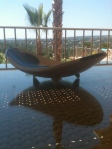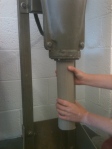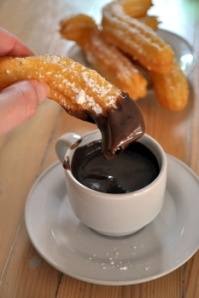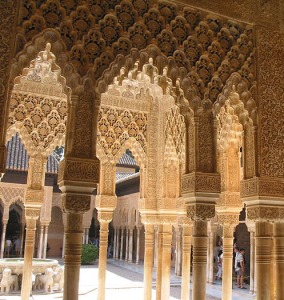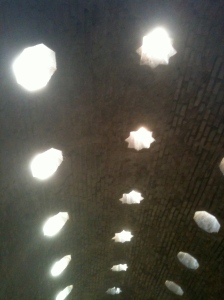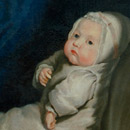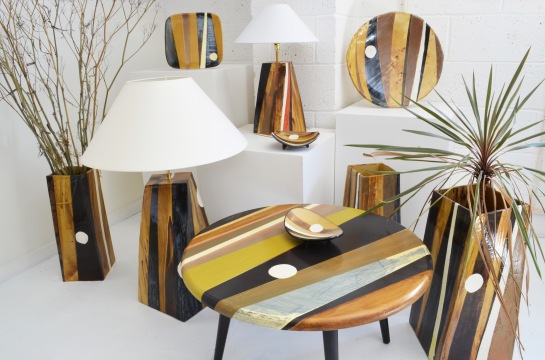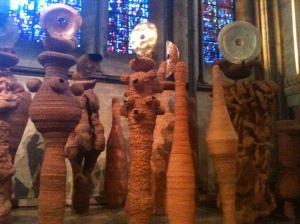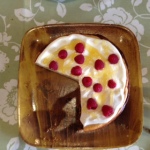Art Nouveau, hospital hygiene and ceramic spotlessness
It was not because of excessive drinking and dining that belatrova paid a visit to a hospital only a few blocks from Gaudi’s famous Sagrada Familia cathedral, but as a result of our unquenchable thirst for cultural knowledge and beauty. It is yet another surprise on offer in the city of Barcelona that a masterpiece of Catalan Art Nouveau, built between 1902 and 1930, happens to have played a significant part in the evolution of medicine as well becoming a World Heritage Site.
[one_third]
[/one_third]
[one_third]
[/one_third]
[one_third_last]
[/one_third_last]
The Hospital de la Santa Creu i Sant Pau was founded in 1401 with the merging of six hospitals. Santa Creu, the Hospital of the Holy Cross, was right in the centre of the city but by the late nineteenth century, due to the rapid growth of Barcelona’s population and rapid advances in medicine, it became too small and thanks to the bequest of the Catalan banker Pau Gil, the first stone of the new hospital, designed by Lluís Domènech i Montaner, was laid on 15 January 1902. In 2009 it moved to new premises built in the north-east of the precinct and the Art Nouveau site was reopened to the public, after refurbishment, in 2014.
This city within a city contains twenty seven pavilions, each one assigned a specific medical speciality and linked to the others by means of underground galleries and tunnels. Muntaner assigned an area of 145 m to each patient, including the landscaped grounds.
What grabbed belatrova’s attention was the care taken in choosing the materials in order to create the best natural surroundings for the patients, primarily ceramics with which to clad domes, roofs, ventilation shafts, the decorative pieces and walls inside and outside the pavilions. Inside, the ceramics serve a hygienic purpose, tiles make disinfection easier, and also function as a therapeutic element. The colours of the many motifs used in the panels and mosaics combine harmoniously and convey a feeling of quiet tranquillity.
Thanks also to the extremely high thermal stability of ceramics, which belatrovians know can be fired at a temperature of approximately 1280°C, this results in extremely solid products; and the hygienically smooth surface glaze is wear and scratch-resistant and is thus resilient to the abrasive cleaning agents that are frequently used in the sanitary facilities of public areas. Even concentrated hydrochloric acid fails to leave a mark on ceramic, but please do not try that at home.
[one_third]
[/one_third]
[one_third]
[/one_third]
[one_third_last]
[/one_third_last]
Ceramic is even resistant to extreme temperatures, both hot and cold, which is why we at belatrova use it for our birdbaths so that, combined with a resilient oak plinth, they can withstand British winters or Mediterranean summers.
Resistant to extreme temperatures, water resistant, easy to keep clean, colourful, ceramic tiles are perfect for outdoor tables.
To reinforce our message that belatrova products are safe, hygienic, tough and practical here is a picture of a large coiled platter with some gilt headed bream about to be prepared for belatrova’s signature dish: “Besugo al horno con patatas “. Click on the left and you will be taken to a video recipe – and you can practice your Spanish at the same time.
Hasta Luego.

























